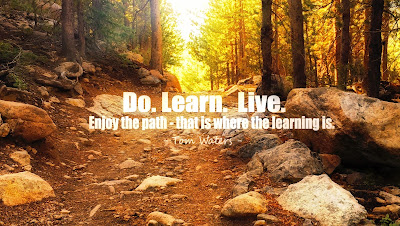5 Ways Commitment Improves Schools
Everyone is tired of pendulum swings. We are tired of the fleeting success that accompanies the non-strategic abandonment of great ideas for other great ideas. We cannot inch our way to improvement by constantly redefining our organizations. In business, that's called quarterly hype - no real earnings. At some point, schools and districts must define who they are and commit. Commitment creates lasting success (read this post about how involvement creates commitment). Here are nine ways commitment improves schools.
- Commitment requires educational leaders to involve staff and community members to help shape the decision-making process, not just the decisions. When the process fits the people, solutions come quite naturally.
- Commitment allows shared experience, rather than isolated expertise. Leaders facilitate the systems for improvement. They don't provide the magic bullets. At the campus level, teachers are not merely sought after for input or opinions about an initiative. This is truncated involvement, which supplants genuine expertise and experience. They're sought after for shared learning towards goals and shared vision.
- Commitment destroys the need for buy-in. As a result, the educational leader doesn't have to sell the team on an idea hoping that it works. Instead, the leader facilitates the system, the process, or the environment in which people are involved. Their involvement creates the solutions to those problems of which they are intimately and uniquely knowledgeable.
- Commitment is a result of creativity. It is energizing to be involved the creative problem solving. When I create the solution, I'm committed to it.
- Commitment does not go away with time. Commitment says, "I'm going to work at this until it succeeds because it's mine. I'm not going to abandon this idea or process. I'm going to see to it that it is successful."
If you value these views, please like, comment, or share!
Read more on why Buy-in is Subtle Manipulation, Involvement is Preferred.




Comments
Post a Comment
What are your thoughts?